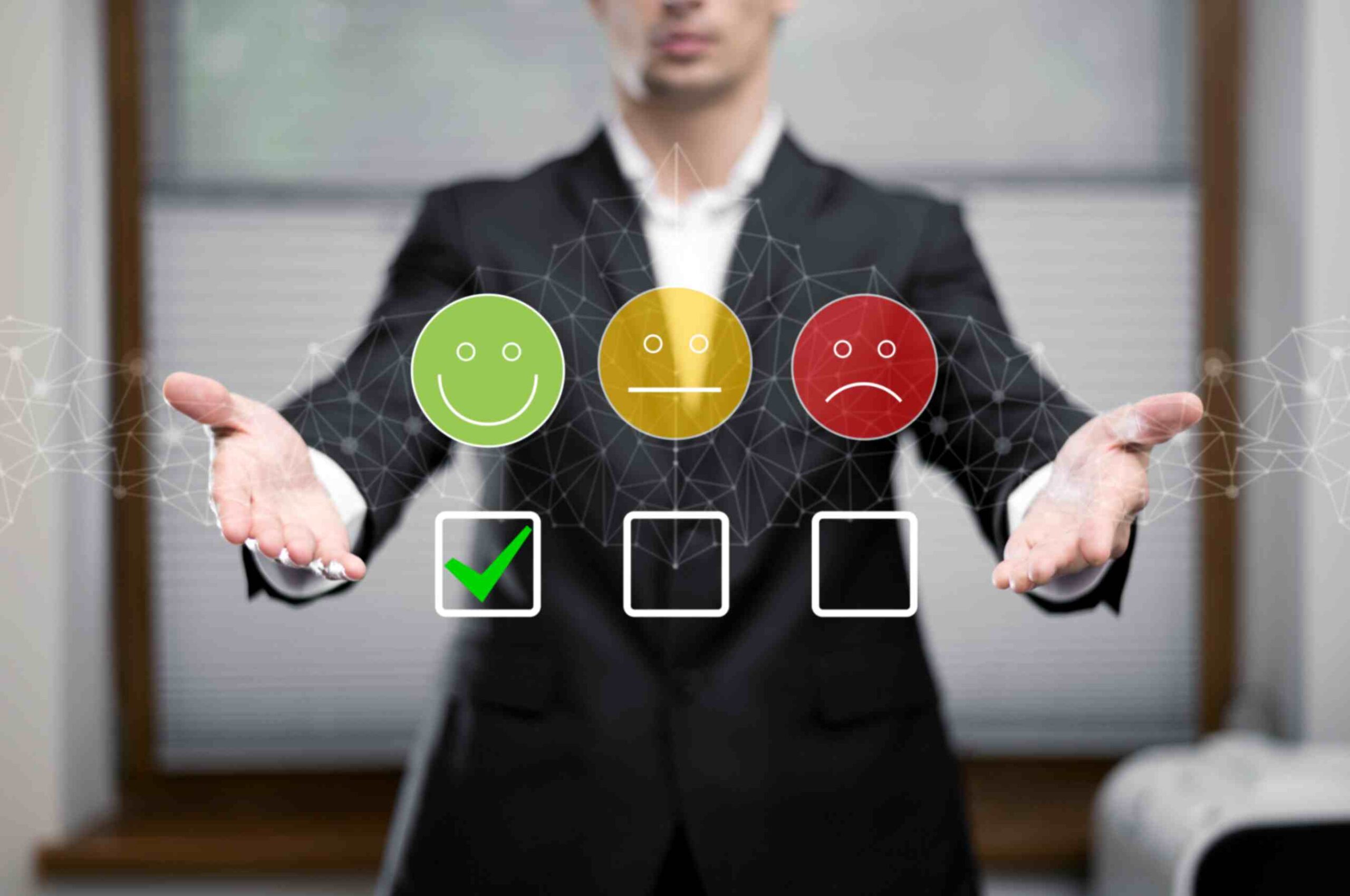Customer retention isn’t just about keeping existing users—it’s about understanding why they stay and what makes them leave. Whether you’re running a SaaS platform, a Shopify store, a contact center, or a bank, using the right customer retention metrics can improve your strategy and profitability.
Thank you for reading this post, don't forget to subscribe!In this article, we break down the customer retention metrics you need to know, how to track them, and what they mean for your long-term success.
1. Customer Retention Rate
Customer retention rate is the foundation of all retention analysis. It shows the percentage of customers who stay with your business over a specific time period.
Formula:
Retention Rate = ((E - N) / S) × 100
- E: Number of customers at the end of a period
- N: New customers acquired during that period
- S: Customers at the start of the period
Tracking this consistently gives you a baseline for how well you’re maintaining your customer base over time. This is a key customer retention rate metric every business should monitor monthly and quarterly.
2. Churn Rate
Churn rate reflects the percentage of customers who stop doing business with you. It’s essentially the inverse of your retention rate.
Formula:
Churn Rate = (Customers lost during period / Total customers at start) × 100
This is especially important for SaaS customer retention metrics, where recurring revenue depends heavily on minimizing churn.
3. Customer Lifetime Value (CLV)
CLV predicts the total revenue a business can reasonably expect from a single customer account throughout their relationship with your brand.
CLV helps prioritize retention initiatives by showing which customer segments are most valuable. Combining CLV with churn gives you a clearer picture of long-term profitability.
4. Repeat Purchase Rate
This metric applies primarily to ecommerce platforms like Shopify. The repeat purchase rate tells you what percentage of customers have made more than one purchase.
Formula:
Repeat Purchase Rate = (Number of returning customers / Total number of customers) × 100
Tracking this on a Shopify customer retention metrics dashboard can help you identify how successful your upsell and loyalty programs are.
5. Net Promoter Score (NPS)
NPS doesn’t measure retention directly, but it’s a powerful signal of future loyalty. It asks customers how likely they are to recommend your brand on a scale from 0 to 10.
- 9–10 = Promoters
- 7–8 = Passives
- 0–6 = Detractors
Monitoring NPS over time helps identify customer satisfaction trends, particularly for customer retention metrics for contact centers where service quality is critical.
6. Time Between Purchases
This metric tracks the average number of days between purchases for returning customers. Shorter gaps often indicate higher engagement and better retention.
Retail and banking industries rely on this to understand customer habits and campaign timing. Among customer retention metrics banking institutions use, this helps assess product stickiness.
7. Customer Engagement Score
Customer engagement is a composite metric tailored to your business. It might track product usage, logins, purchases, feature adoption, or support interactions.
This is essential in metrics for customer retention in SaaS businesses. A drop in engagement usually precedes churn, so monitoring engagement helps you act early.
8. Customer Health Score
Customer health scoring assigns a value (often color-coded or rated 0–100) based on behavior, support activity, satisfaction, and product usage.
Teams use it to flag at-risk accounts and prioritize retention efforts. It’s a core part of how to improve customer retention with metrics and KPIs—especially in B2B and SaaS.
9. First Contact Resolution Rate
This is a core customer retention metric for contact centers, showing how often support issues are resolved on the first try.
Higher rates typically lead to higher satisfaction and loyalty. It also helps reduce operational costs by avoiding follow-ups.
10. Product Usage Frequency
How often users interact with your product (daily, weekly, monthly) indicates whether your product is becoming a habit.
This is vital for SaaS customer retention metrics. If frequency declines, so does the likelihood of renewal.
11. Active vs. Inactive Users
Tracking active users against your total user base helps you see who’s engaged and who might be slipping away.
This metric supports customer segmentation and targeting strategies and is a practical example in many customer retention metrics examples dashboards.
12. Upsell and Cross-sell Rate
These metrics track how many customers buy upgrades or additional products over time. High upsell rates are signs of trust and satisfaction.
Used in ecommerce and SaaS alike, these key customer retention metrics show the long-term potential of each customer.
Making Retention Metrics Work for You
Tracking the right customer retention metrics isn’t just about analytics—it’s about taking the right action at the right time. Whether you’re in SaaS, ecommerce, banking, or customer service, the metrics listed above help you identify trends, flag issues early, and prioritize high-value customers.
Build a customized dashboard, set clear benchmarks, and review these KPIs regularly. That’s how you stay ahead—not just in customer count, but in loyalty and lifetime value.

